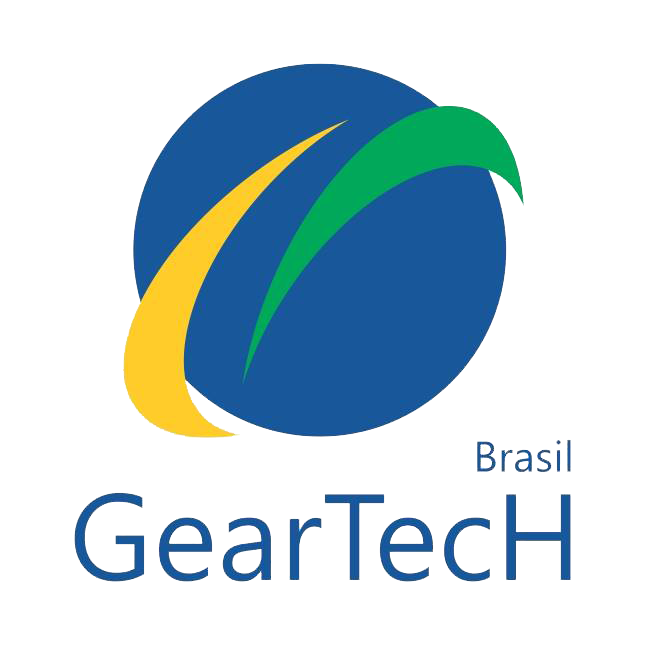We at understand the importance of health surveillance standards in ensuring public health safety.
In this article, we will comprehensively address the guidelines and regulations established by health surveillance, highlighting their relevance to various sectors, including the food industry, pharmaceutical industry, and services.
Our goal is to provide detailed and accurate information that will help you understand and effectively comply with these standards. Enjoy your reading!
The Crucial Role of Health Surveillance
Health surveillance plays a vital role in protecting public health. It is responsible for overseeing and regulating a wide range of activities, from food production to the provision of healthcare services. Here are some areas where its guidelines are essential:
1. Food Safety
Food safety is a central concern of health surveillance. It establishes rigorous standards for the handling, storage, and transportation of food, ensuring that products consumed by the population are free from contamination. It is fundamental for preventing foodborne illnesses.
2. Pharmaceuticals
The is subject to strict regulations by health surveillance. This ensures that medications are manufactured with quality and safety, meeting international standards. The effectiveness and safety of medications are of utmost importance to public health.
3. Public Health
Health surveillance is also involved in regulating healthcare services such as hospitals and clinics. It ensures that these facilities adhere to strict hygiene and safety guidelines, protecting patients and healthcare professionals from infection risks and other health threats.
Key Health Surveillance Standards
Here are some of the key standards established by health surveillance:
1. Good Manufacturing Practices (GMP)
GMP guidelines ensure the quality and safety of the production of food, medications, and personal hygiene products. Following these practices is essential to prevent contamination and ensure consumer safety.
2. Product Traceability
Product traceability is crucial for identifying the origin of products in case of recalls or contamination. This allows for a rapid and effective response in emergency situations, protecting public health.
3. Infection Control in Healthcare Services
Hospitals and clinics must implement rigorous measures to control infections. This includes proper equipment sterilization, hand hygiene, and the use of personal protective equipment.
Complying with Health Surveillance Standards
Complying with health surveillance standards is essential to avoid fines, sanctions, and, most importantly, to protect public health. Here are some tips for ensuring effective compliance:
-
Team Training: Train your team to follow health surveillance guidelines. Regular training is crucial.
-
Proper Documentation: Maintain accurate records of all health and safety-related activities, including inspection reports.
-
Preventive Maintenance: Conduct regular maintenance on equipment to ensure compliance with standards.
-
Internal Audits: Perform internal audits to identify and address potential violations of standards.
-
Collaboration with Health Surveillance: Be open to collaboration and guidance from health surveillance to ensure ongoing compliance.
Conclusion
Health surveillance standards play a crucial role in protecting public health. Complying with these guidelines is a responsibility that we all must embrace.
By doing so, we ensure the safety of food, medications, and health services, contributing to a healthier and safer environment for all.
Remember that by following health surveillance standards, you not only comply with the law but also demonstrate a commitment to community health and well-being.
We hope this article has been helpful to you and your company! And if you’d like to learn more about our company, . And if you want to read more of our articles,

